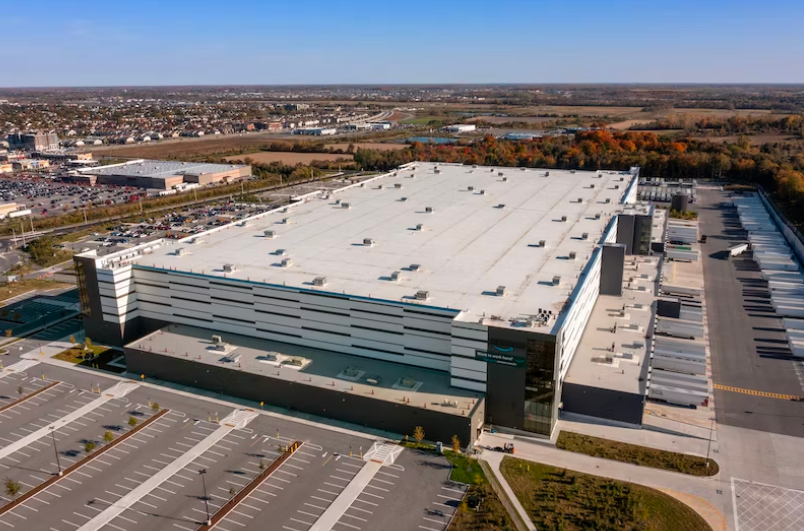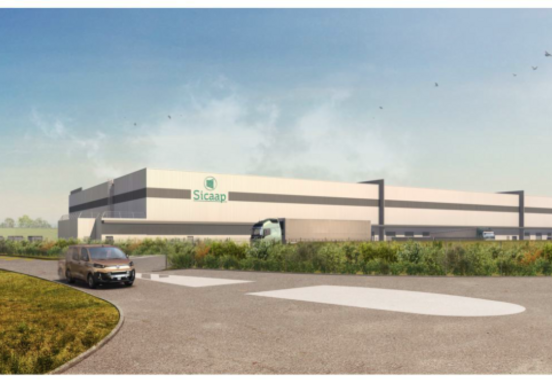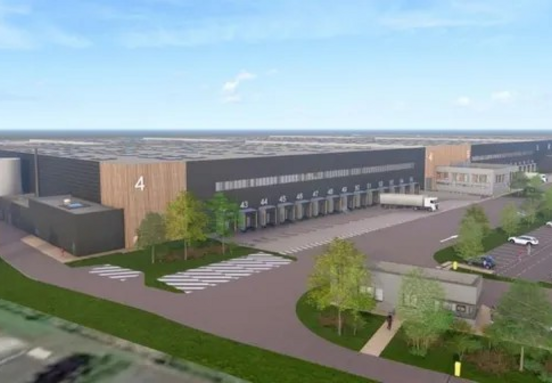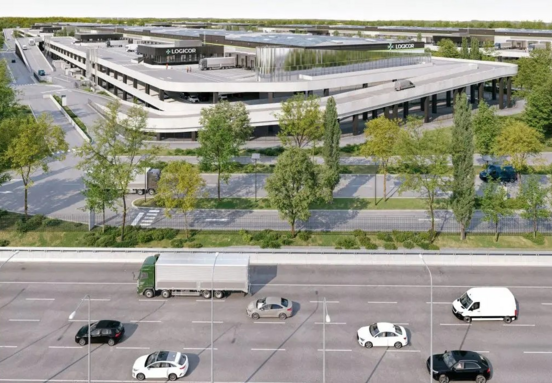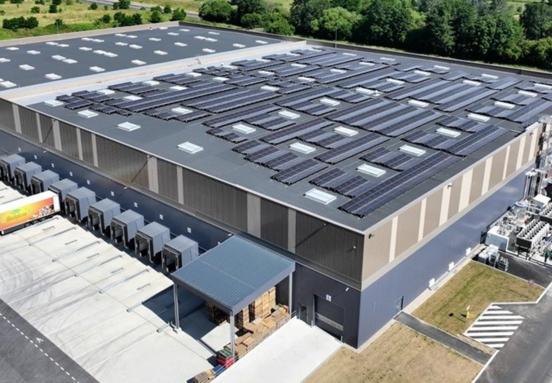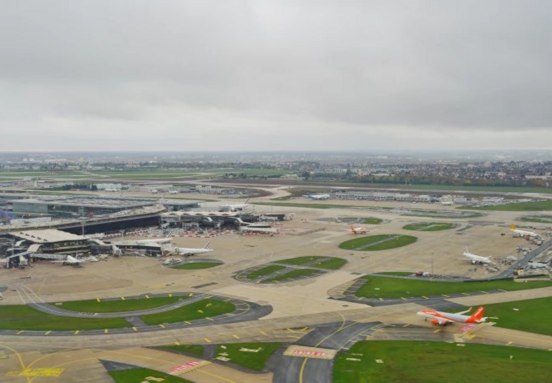While internationalization was already contributing to the development of the logistics sector, the health crisis, with the remarkable boom of e-commerce in 2020, literally made it explode.
Companies are seeking carriers and freight forwarders capable of delivering their products worldwide, often combining different modes of transport (air, sea, rail, or road) depending on the type of production, destinations, budgets, and desired delivery times.
Transport in the era of globalization
Hesnault, a major player in logistics and international freight, created Medexeno, its subsidiary dedicated to the transport of medicines and pharmaceutical products, with the ambition of putting its solid expertise at the service of the healthcare sector.
Globalization, the industry of the future, and evolving consumer behaviors require logistics to keep up, regardless of the sector concerned, and therefore to revise its organization. New technologies naturally play a key role, with “intelligent” transport solutions, computerized and robotic warehouse management, and networked information systems to ensure optimal communication throughout the supply chain. Non-connected systems, multichannel strategies, and unforeseen events along the chain are things of the past. From departure at the factory to arrival at the delivery point at the customer’s, the product must be tracked, controlled, transported, and stored under the best possible conditions.
Automation and robotics
Optimizing the supply chain is essential at the warehouse level to increase competitiveness. Automation solutions thus become indispensable to save time, reduce costs, and enhance safety. Meanwhile, data digitization and cloud-based software enable the connection of the entire supply chain. With Big Data and the Internet of Things (IoT), communication flows more easily, and increasingly abundant information and data are shared. This enables forecasting and planning in order processing.
Automated guided vehicles (AGVs), shuttle systems in shelving, robotic picking arms, gantry robots, stacker cranes... Autonomous warehouse management greatly improves order preparation. Robotics accelerates, simplifies, and secures tasks formerly done manually, relieving workers from the most tedious and repetitive handling. Many warehouses now use collaborative robotics. Robots help collect data to optimize the supply chain. They are also used in unloading zones, for example, automated cranes at ports. Containers can even be placed on autonomous vehicles to be transported to their storage location.
Among the companies featured in our report, RC3M offers high-quality industrial conveyor systems thanks to 100% French manufacturing. “Our specialty is offering kit-based equipment, which allows us to be fully modular to meet the specific needs of our clients,” explains its manager, Nicolas Leroulier. This can serve any business needing to handle products: from vegetable growers to large industries. Meanwhile, Storopack offers a wide range of solutions for cushioning and protection inside packages.
Digitization and machine learning
At the freight transport level, digitizing information is encouraged by the European Union regarding transmissions to authorities, aiming to reduce costs borne by companies and to make the sector more efficient and sustainable. Computerization is accelerating, with significant advantages.
Digitizing information improves inventory management, providing space savings in warehouses, quicker retrieval of items, and better traceability of products identified throughout the logistics process (via barcodes or RFID chips). This is especially useful for perishable goods.
The multichannel strategy, now an integral part of customer service, requires that orders be processed the same way even if the information comes through different channels. Adapting warehouse design to an omnichannel logistics strategy allows unified order processing and speeds up preparation.
The need to anticipate customer demands contributes to the birth of logistics of the future. Big Data and artificial intelligence allow better forecasting, and thus anticipating supply needs with reliable demand predictions. Analytical tools today share sales histories, local news, weather forecasts, and social media trends. The logistics sector has thus become one of the main users of machine learning to help software improve logistics organization.
A sector undergoing profound change
The transition in this sector has several goals. It helps reduce logistics costs, which are significant for companies. Optimized supply chain management, and therefore better flow management, also leads to faster delivery times, increasing customer satisfaction. More efficient processes, easier planning, and minimized losses are other benefits of Logistics 4.0.
Among other cutting-edge methods in this future logistics, visual recognition technologies allow identification of products’ 3D characteristics and verification of goods’ condition without opening packages. Increasingly, these non-destructive inspections are done via tomographic scanning. The choice of the best delivery route, adapted in real-time to unforeseen events, is also easily managed.
Finally, corporate social responsibility (CSR) is now taken into account in the supply chain, with transport being a major source of greenhouse gas emissions. Avoiding empty runs, optimizing the last mile with drones, using packaging made from recycled materials, and greening logistics platforms... these are ideas expected to be increasingly adopted in this evolving sector.
